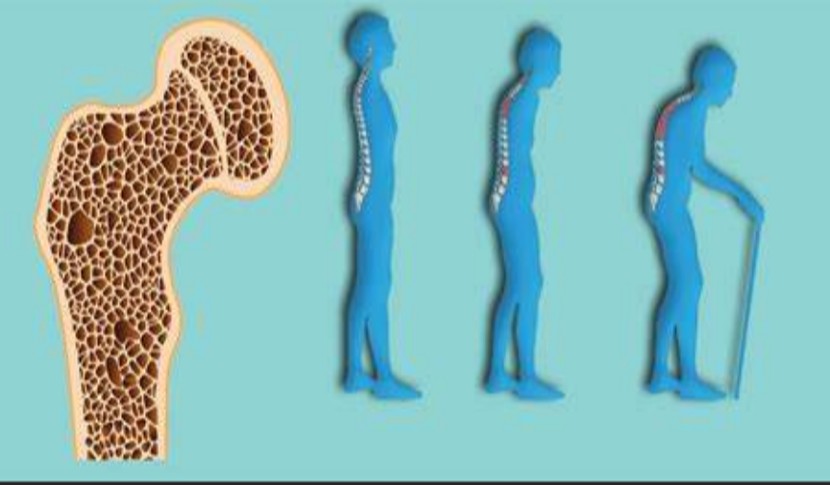Lung cancer ranks among the primary contributors to cancer-related fatalities across the globe. Staging and diagnosis are crucial steps in the management of lung cancer. Over the years, there have been significant developments in lung cancer staging and diagnosis techniques.
This blog will discuss the most recent lung cancer staging and diagnosis developments.
Lung Cancer Staging
Definition of Staging
Staging refers to the process of determining the extent of cancer and its spread in the body. Lung cancer staging is essential as it helps determine the prognosis and appropriate treatment.
Traditional Lung Cancer Staging Systems
The two most commonly used lung cancer staging systems are the TNM system and the American Joint Committee on Cancer (AJCC) staging system.
TNM System
The TNM system is a widely used staging system for all types of cancer. It is based on three parameters:
T: The size, primary tumor
N: The involvement of lymph nodes
M: The presence or absence of metastasis
AJCC Staging System
The AJCC staging system is another widely used staging system. It is based on the TNM system but provides more detailed information on the stage of cancer.
The Most Recent Developments in Lung Cancer Staging
The Eighth Edition of the TNM System
The Eighth Edition of the TNM system was published in 2017. It introduced several significant changes to the previous version, including:
A reclassification of T categories
A new N classification system
The introduction of a separate category for small cell lung cancer
The IASLC Lung Cancer Staging Project
IASLC launched a lung cancer staging project in 1999. The project aims to develop a new staging system that reflects the latest developments in lung cancer research and treatment. The latest version of the IASLC staging system was published in 2021 and includes several changes, such as:
The incorporation of molecular biomarkers into the staging system
The integration of the tumor size and the number of involved lymph nodes into the staging system
The introduction of a new stage grouping system for early-stage non-small cell lung cancer (NSCLC)
The Lung-RADS System
Lung-RADS is a system developed by the American College of Radiology (ACR) to standardize lung cancer screening results reporting. The system includes four categories ranging from negative to positive for lung cancer, with corresponding recommendations for follow-up imaging.
Lung Cancer Diagnosis
Definition of Diagnosis
Diagnosis refers to the process of identifying a disease or condition based on its signs and symptoms.
Traditional Lung Cancer Diagnosis Techniques
The most commonly used techniques for diagnosing lung cancer are chest X-ray, computed tomography (CT) scan, and positron emission tomography (PET) scan.
Chest X-ray
Chest X-rays are often the first imaging test used to diagnose lung cancer. They use low-dose radiation to create images of the chest.
CT Scan
Compared to chest X-rays, CT scans are known to be more sensitive and capable of generating highly detailed images of the lungs. They use a combination of X-rays and computer technology to create 3D images.
PET Scan
PET scans use a radioactive tracer to detect cancer cells in the body. They are often used to stage lung cancer and assess the response to treatment.
The Most Recent Developments in Lung Cancer Diagnosis
Liquid Biopsy
A liquid biopsy is a non-invasive technique that involves the analysis of a patient’s blood or other bodily fluids to detect cancer cells or genetic material released by cancer cells. Liquid biopsies are particularly useful for patients with advanced-stage lung cancer who cannot undergo a tissue biopsy.
Next-Generation Sequencing (NGS)
NGS is a technique that allows for the analysis of multiple genes simultaneously. It can be used to identify specific genetic mutations or alterations that are associated with lung cancer.
Artificial Intelligence (AI) and Machine Learning
AI and machine learning algorithms are being developed to analyze medical images and detect lung cancer. The use of these techniques has demonstrated encouraging outcomes in enhancing the precision of lung cancer diagnosis.
Conclusion
In conclusion, the most recent developments in lung cancer staging and diagnosis have led to significant improvements in the detection and treatment of this disease. The use of molecular biomarkers in the IASLC staging system and the integration of tumor size and lymph node involvement have helped clinicians to classify lung cancer patients better and provide more personalized treatment options. Liquid biopsy, NGS, AI, and machine learning algorithms are also emerging promising techniques for the diagnosis of non-invasive lung cancer. In Lung Cancer Treatment in Noida and medical centers offer comprehensive lung cancer treatment. Patients can find the best oncologist in Noida to guide them through their treatment journey. While lung cancer remains a challenging disease to treat, these recent developments offer hope for better outcomes and improved quality of life for patients.




